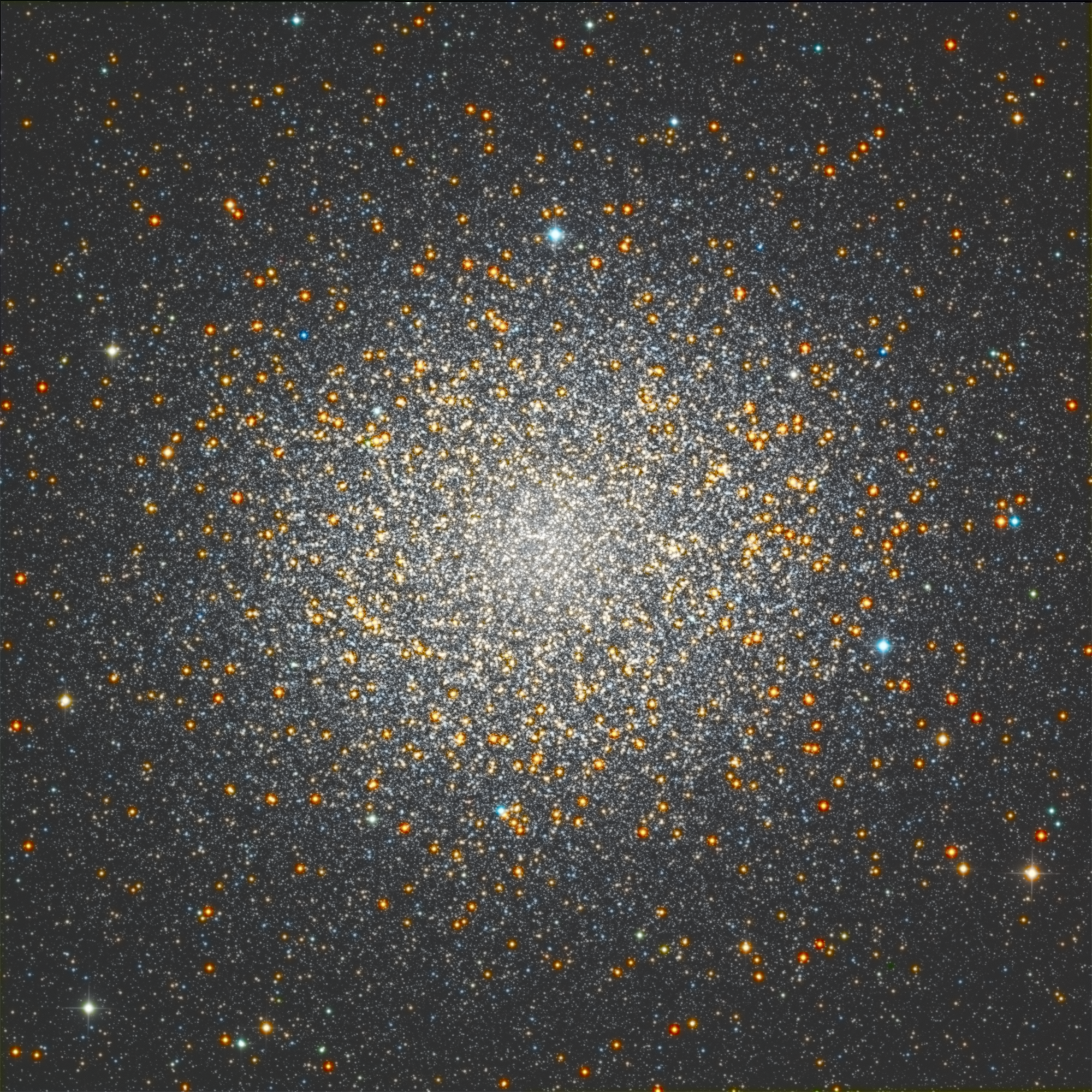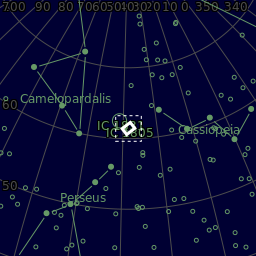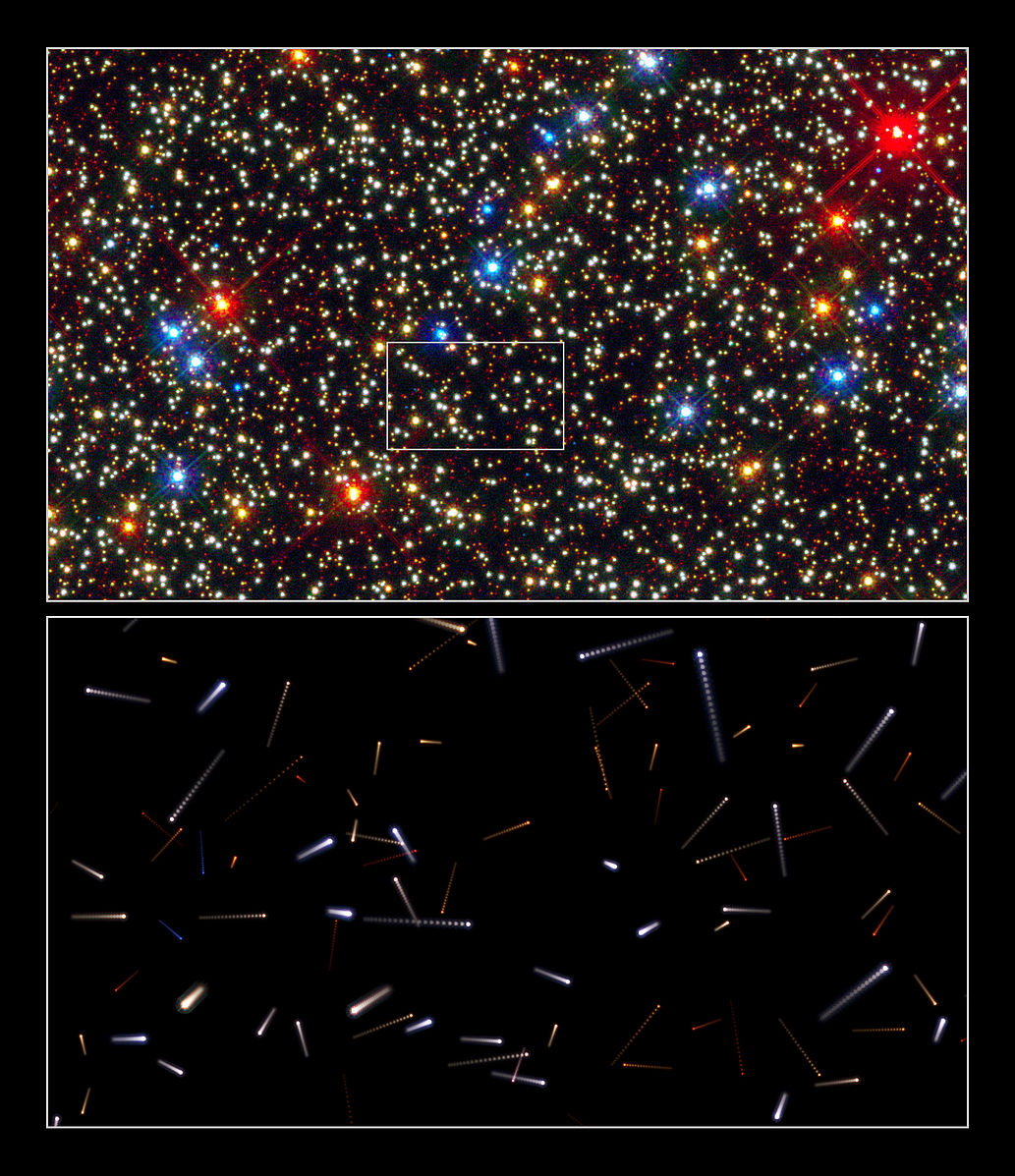Omega Centauri (NGC 5139)
After a year of not leveraging my Telescope Live account, I decided it would be worth spending some time revisiting the service and seeing what upgrades they’ve managed in the new 3.0 instance. Much to my surprise they have now “batch” collected a number of their datasets for specific targets giving users the opportunity to download and work from.
With that in mind, I was able to pull 8.5 hrs of LRGB time dedicated to the Omega Centauri. This is a massive globular cluster located roughly 17,000 light-years from our current position and can be seen from the Southern Hemisphere. Omega Centauri is estimated to contain over 10 million stars with an age of 11-12 billion years old. This makes it, and other globular clusters, some of the oldest and earliest forming objects in the Milky Way.
It’s hypothesized that Omega Centauri may actually be the core of a dwarf galaxy that merged with the Milky Way, but due to its gravitational pull, those stars have largely stayed bound together.
According to NASA, “The average distance between any two stars in the cluster’s crowded core is only about a third of a light-year, roughly 13 times closer than our Sun’s nearest stellar neighbor, Alpha Centauri.”
Learn More:
https://en.wikipedia.org/wiki/Omega_Centauri
https://www.nasa.gov/mission_pages/hubble/multimedia/ero/ero_omega_centauri.html
This data was captured with Telescope Live’s CHI-1 Planewave CDK24 telescope at the El Sauce Observatory in Chile.
Image Credit: NASA, ESA
The image is of the central region of Omega Centauri with projected trajectories of each star.
Technical
Planewave CDK24 Telescope
FLI ProLine PL9000 CCD Camera
Astrodon RGB 2GEN
El Sauce Observatory, Chile


